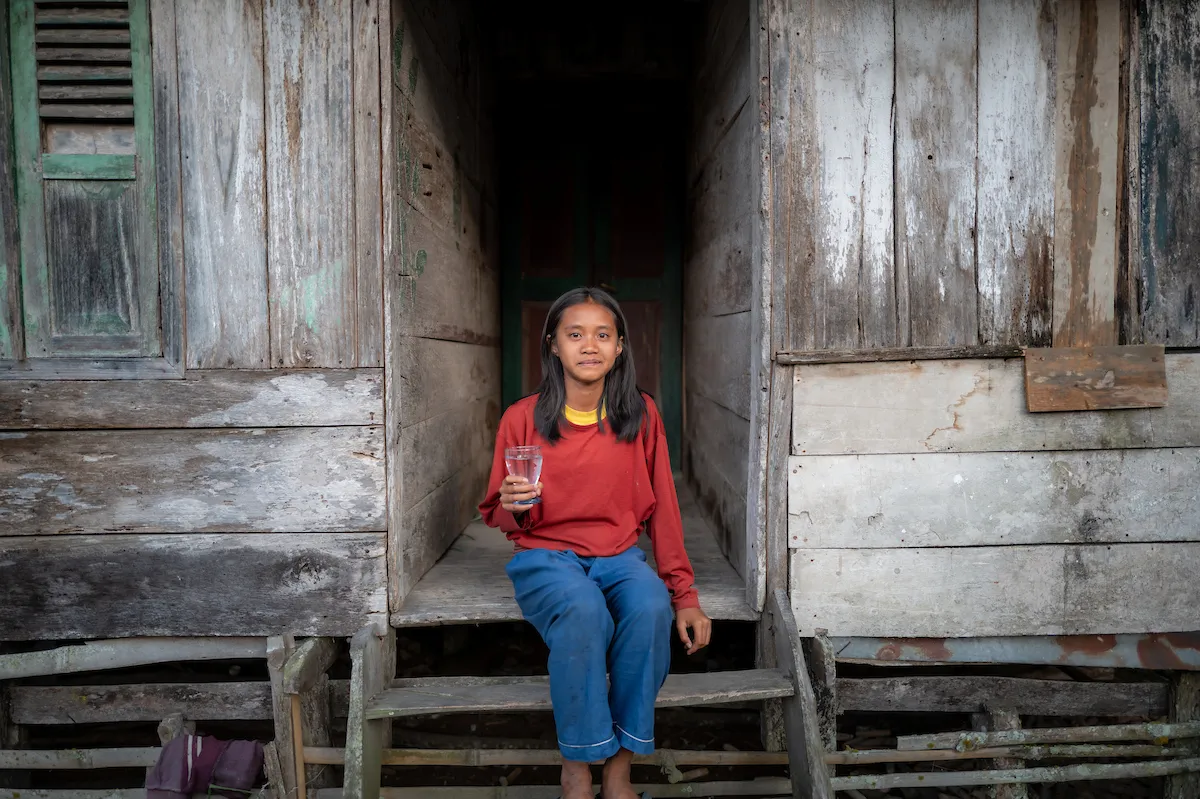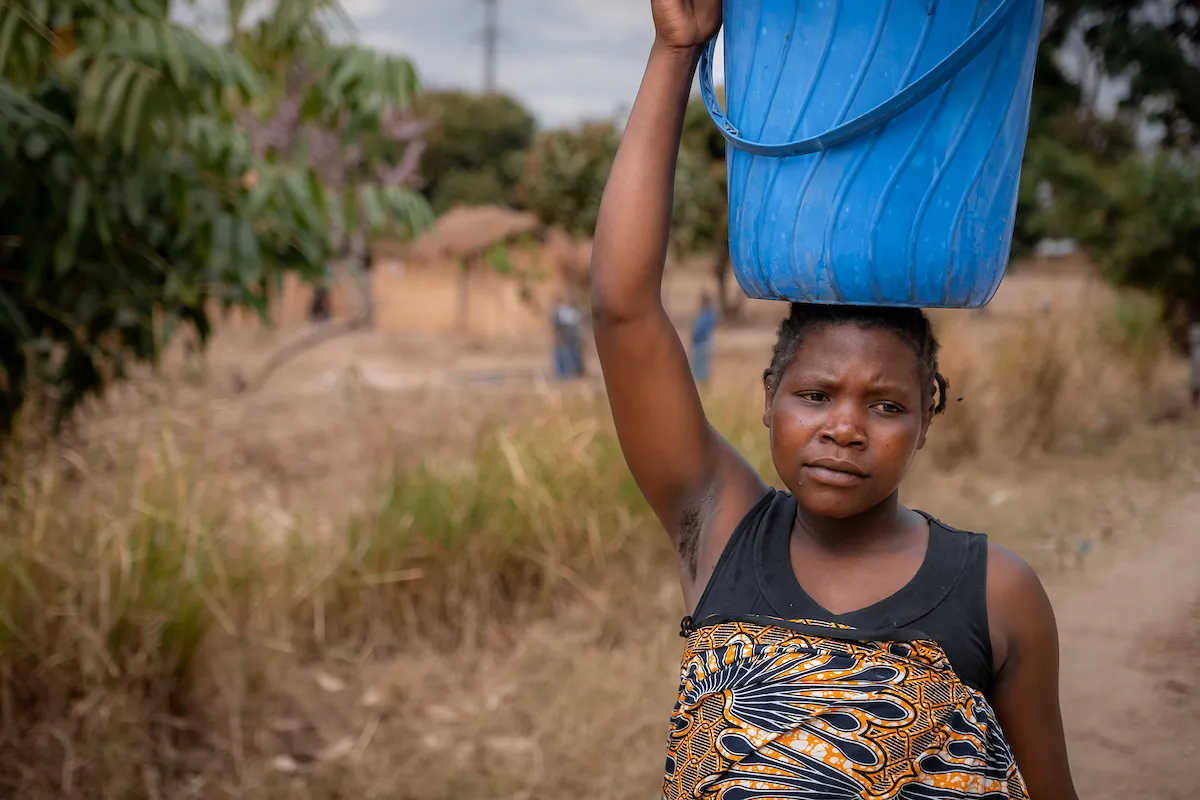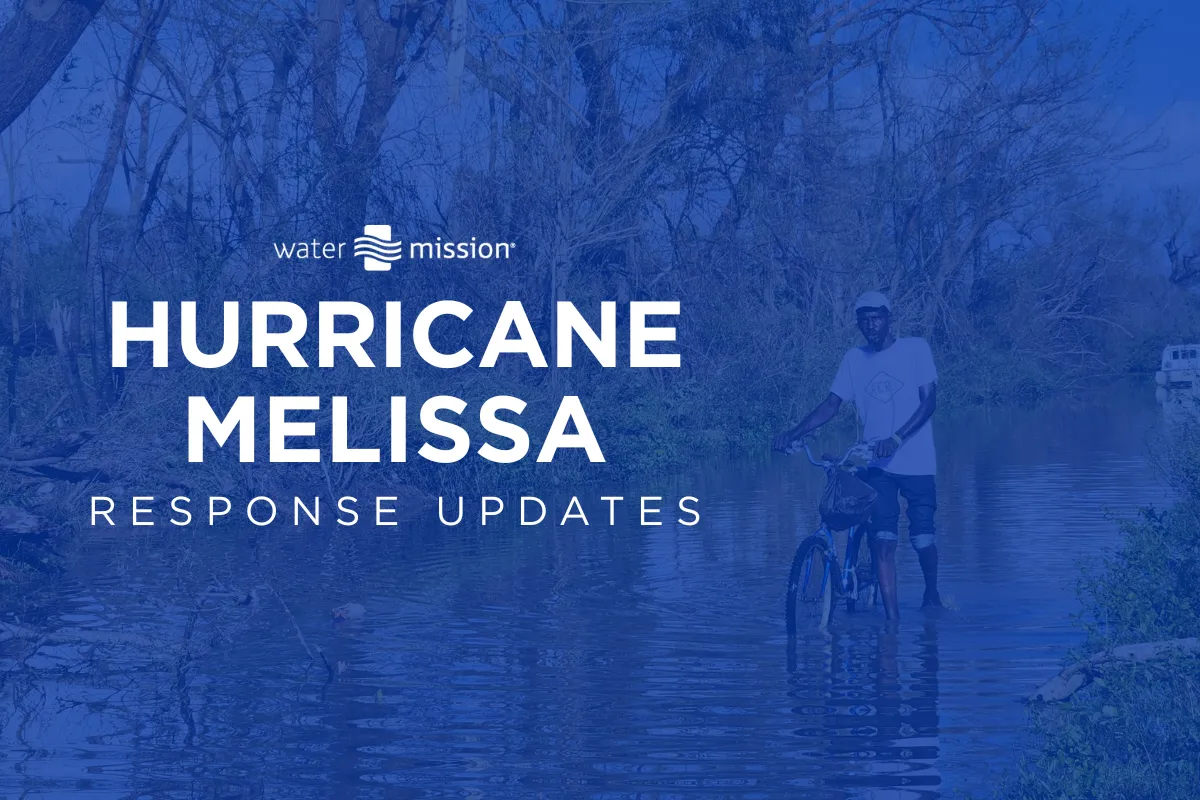Hope and Healing in Uganda
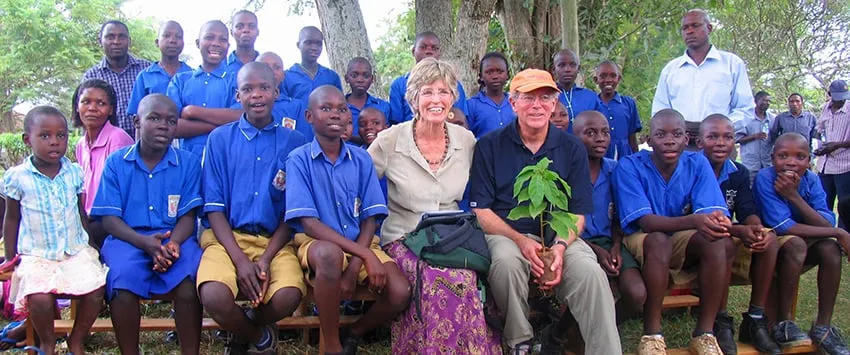
This past June, co-founders Molly and George Greene III traveled with a team of Water Mission friends and partners to see the impact of safe water projects in Uganda, Kenya, Malawi, and Tanzania. Following is Molly’s account of one memorable experience.

It’s been four years since supporters of Water Mission provided safe water to St. Francis Hospital in Buluba. We visited this rural community in eastern Uganda this summer, and the community’s enthusiasm for safe water was obvious as we were greeted with overflowing joy and warmth. The hospital was founded in 1934 by a mission-minded nun determined to provide high-quality care and housing to people with leprosy, a disease prevalent in the region at that time. While the hospital helped meet the needs of many patients, it did not have access to safe water until 2014.
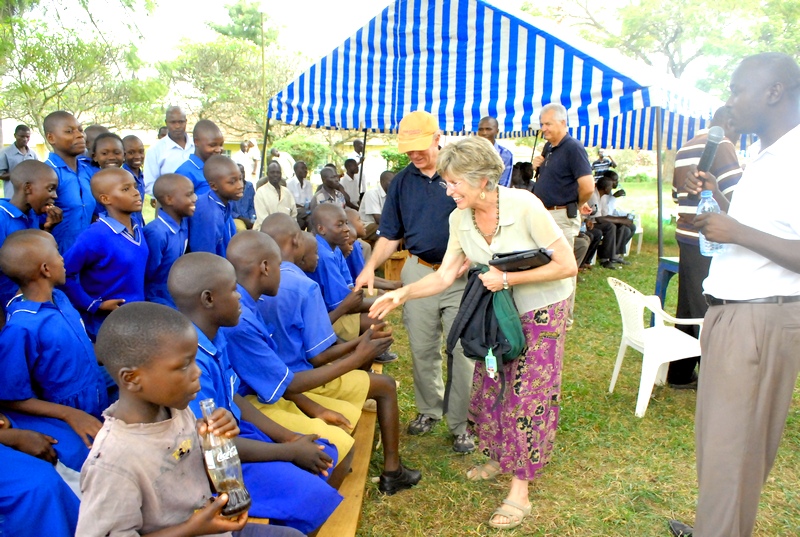
The hospital staff made every effort to provide the best medical care they could, but without reliable, safe water, it was extremely challenging. Imagine how limited they were without it, and how relieved they feel now to offer safe water and proper hygiene to the thousands of patients they serve every year.

Today, St. Francis uses safe water for drinking, cooking, hand washing, sanitizing surgical instruments, and doing laundry. The water is available throughout the hospital and the on-site housing facilities, serving staff members and many individuals affected by leprosy.
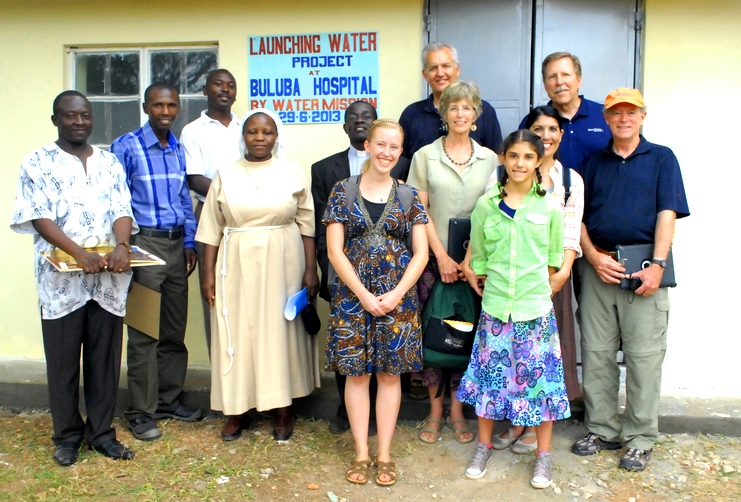
Our visit also included a tea with hospital staff and patients, with the staff presenting an overview of the impact of safe water on their daily lives. I was moved by the incredible difference donors have made in individual lives and throughout this community. I was also greatly touched by the gracious manner of a group of about 20 men and women with leprosy who attended this tea.

In biblical times, people with leprosy were known as “untouchables,” a stigma that still exists today. Because of this, the physical suffering of this painful disease is often compounded by being forced out of homes and communities. St. Francis has become their only option for asylum and care.

Aware of this misguided but common mindset, the men and women with leprosy were very respectful towards us and careful to keep their distance. Despite their difficulties, I observed them acting with kindness and care. After the overview, I asked a young staff member if George and I could greet the patients to show our appreciation and love for them. “You know they have leprosy?” he replied. “Do you touch them?” I asked in return. “Yes,” he responded. “Then so will we.”

As George and I approached, greeted them, and shook their hands, their eyes lit up and their countenances lifted. It was a small gesture on our part, but it appeared to be extremely meaningful to them. I don’t know if every individual will remember that moment of personal touch, but each one has made a lasting impact on me.
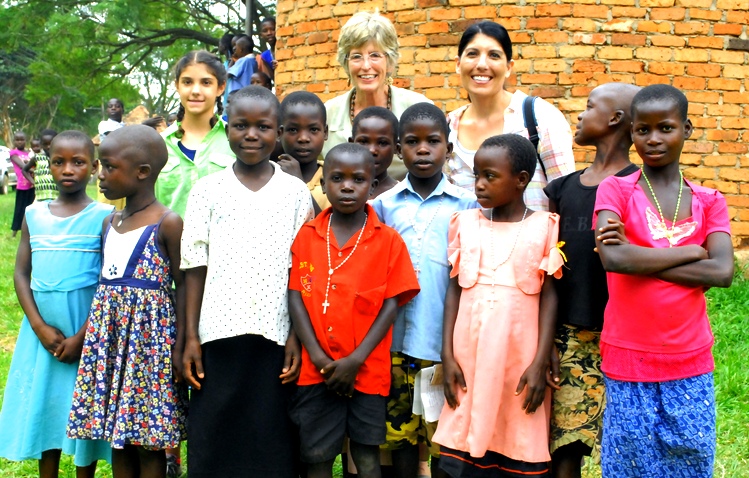
Related Impact Stories
